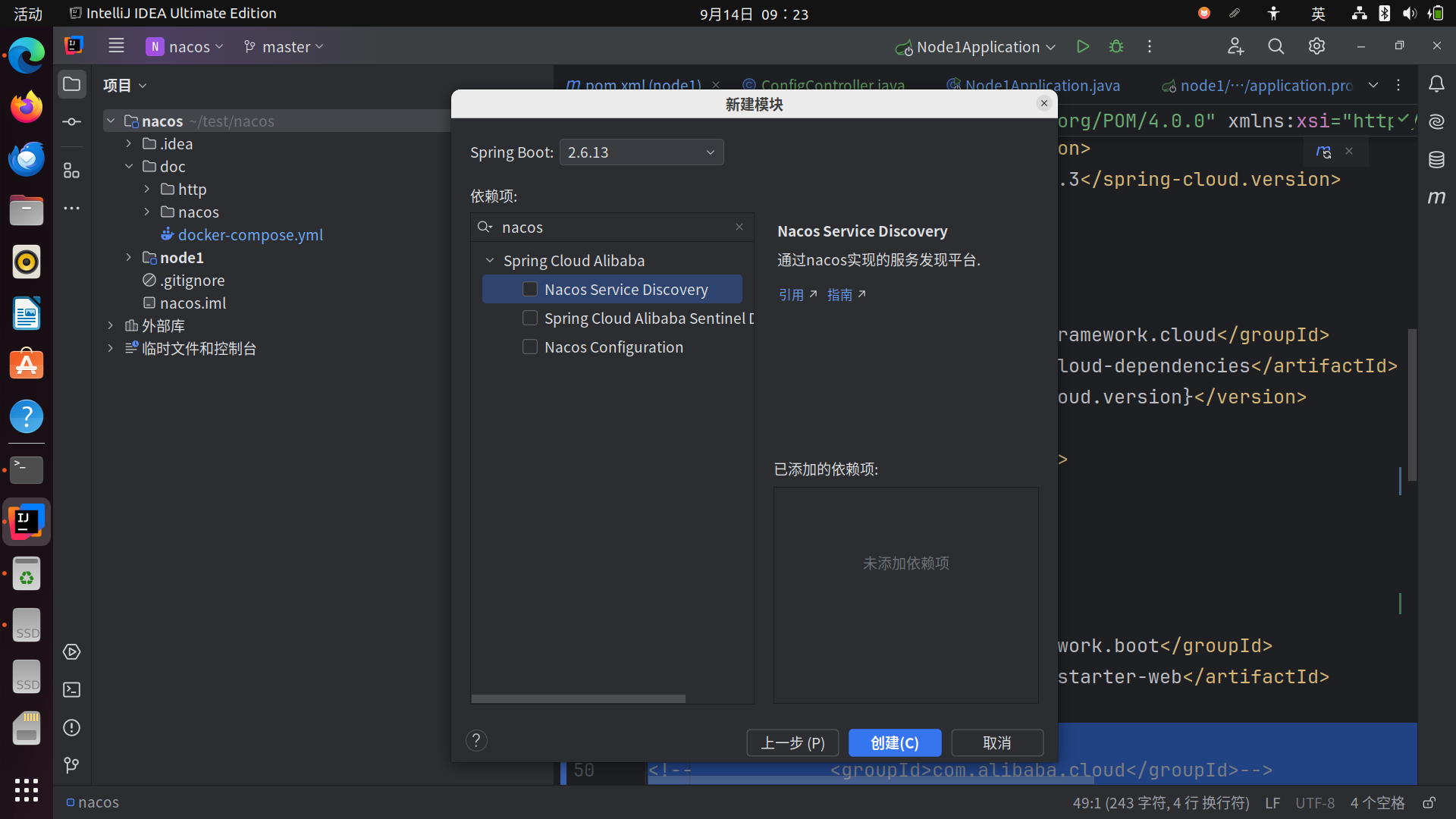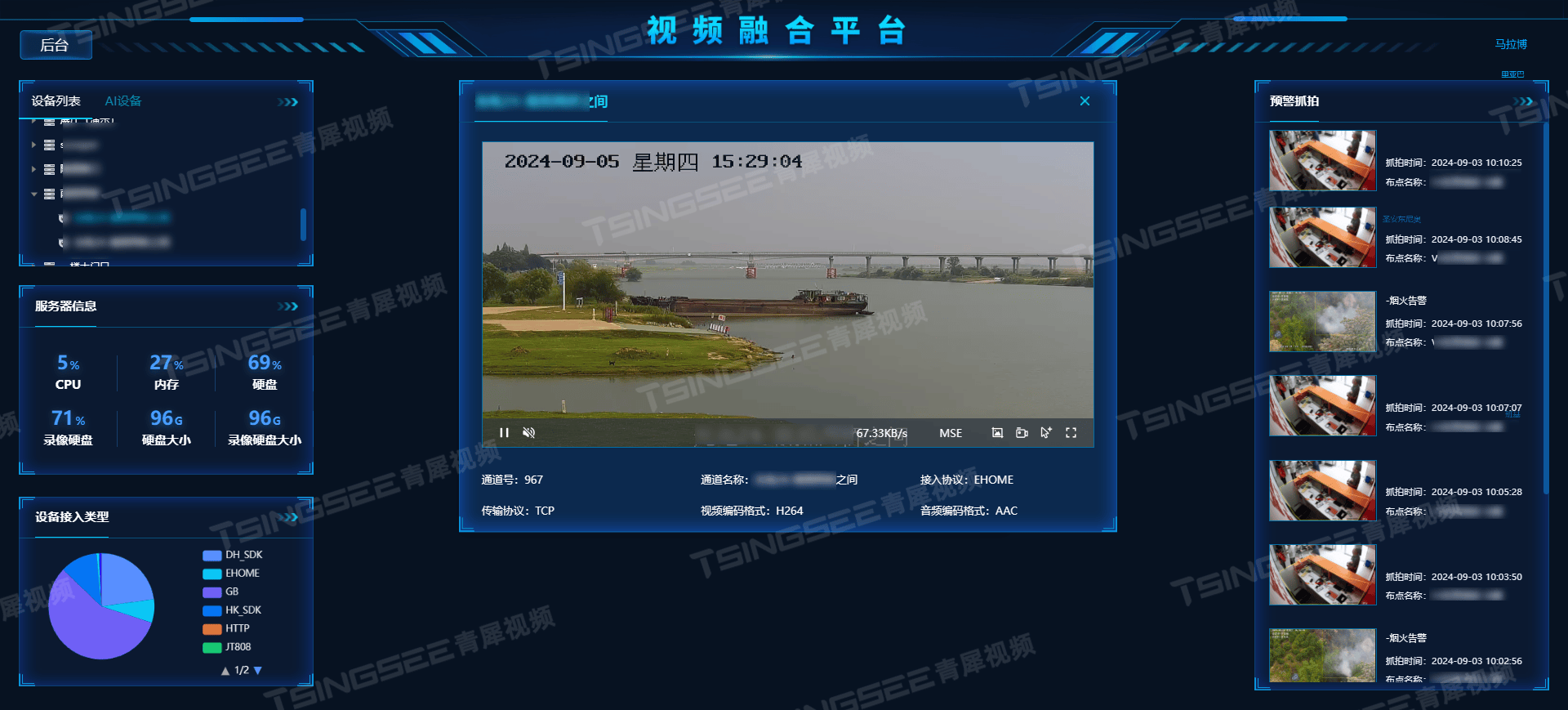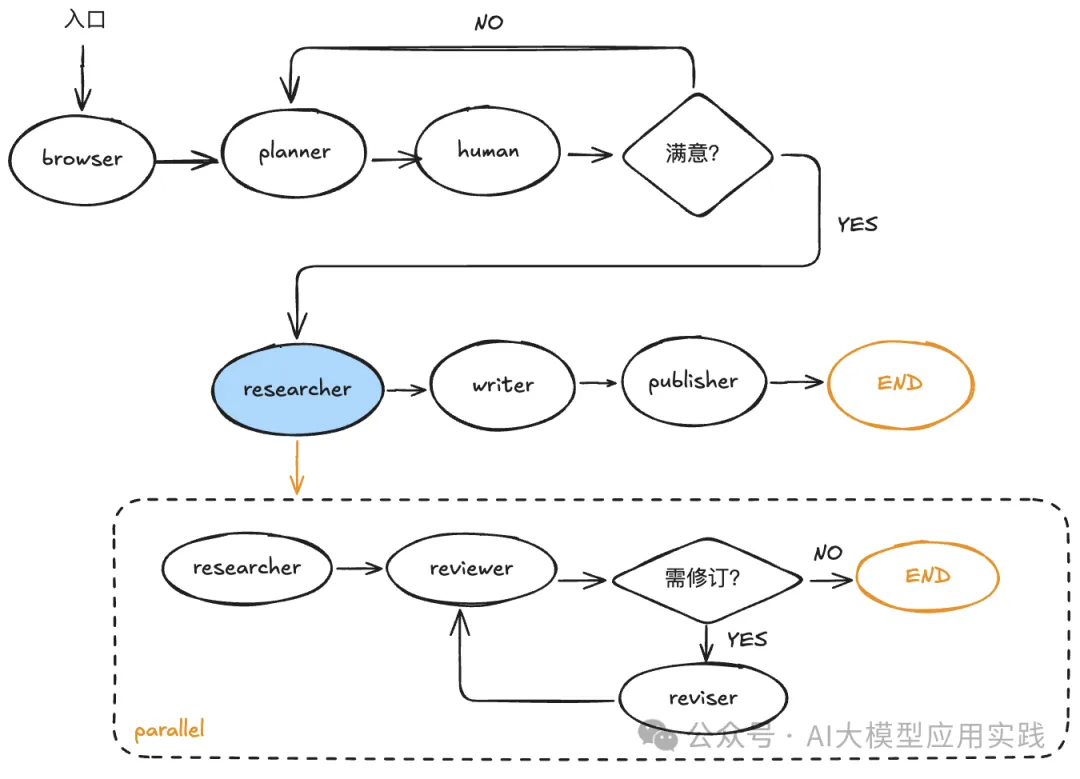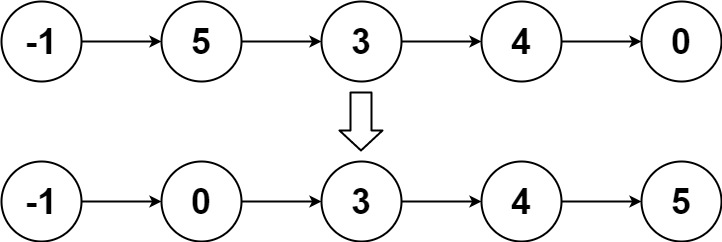在FastAPI中,ORJSONResponse 是一种自定义响应类型,它使用 orjson 库来提高 JSON 数据的序列化性能。orjson 是一个快速且正确的 Python JSON 库,它支持 dataclass、datetime 和 numpy 等数据类型的序列化。使用 ORJSONResponse 可以提升 API 响应速度,尤其是在处理大量数据时。

ORJSONResponse 类在 FastAPI 中是用来将响应数据序列化为 JSON 格式并返回给客户端的。它可以处理多种类型的输入数据,包括字典、列表、Pydantic 模型等,并将它们转换为 JSON 格式。然而,并不是所有任意类型的数据都可以被自动序列化为 JSON。可序列化的数据通常包括:
- 基本数据类型(如整数、浮点数、字符串、布尔值)
- 列表和元组
- 字典
- Pydantic 模型
datetime对象- 一些特殊的数据类型,如
UUID、date、time等,只要它们有相应的 JSON 序列化方法。
使用 ORJSONResponse 的方法如下:
- 首先,需要安装
orjson库,可以通过pip install orjson命令进行安装。 - 在 FastAPI 应用中,通过导入
ORJSONResponse并将其作为路径操作装饰器的response_class参数来使用。
示例代码如下:
from fastapi import FastAPI
from fastapi.responses import ORJSONResponse
app = FastAPI()
@app.get("/items/", response_class=ORJSONResponse)
async def read_items():
return [{"item_id": "Foo"}]
在这个例子中,当客户端请求 /items/ 路径时,FastAPI 会使用 ORJSONResponse 来序列化响应数据,并将其发送给客户端。使用 ORJSONResponse 时,响应头中的 Content-Type 将被设置为 application/json,并且这一信息也会被记录在自动生成的 OpenAPI 文档中。
需要注意的是,ORJSONResponse 仅在 FastAPI 中可用,其底层的 Starlette 框架并不支持这一响应类型。此外,ORJSONResponse 是一个较新的功能,可能在某些旧版本的 FastAPI 中不可用。
当然,以下是修改后的示例,包括了如何使用 ORJSONResponse 并展示了预期的输出。
示例 1:基础使用
这个示例展示了如何直接在路由中使用 ORJSONResponse 来返回 JSON 数据。
from fastapi import FastAPI
from fastapi.responses import ORJSONResponse
app = FastAPI()
@app.get("/items/", response_class=ORJSONResponse)
async def read_items():
return [{"item_id": "Foo"}, {"item_id": "Bar"}]
# 预期输出:
# [
# {"item_id": "Foo"},
# {"item_id": "Bar"}
# ]
当客户端访问 /items/ 路径时,将收到一个包含两个项目 ID 的 JSON 响应。
示例 2:结合 Pydantic 模型
这个示例展示了如何结合 Pydantic 模型使用 ORJSONResponse,以确保响应数据的类型验证和文档生成。
from fastapi import FastAPI
from fastapi.responses import ORJSONResponse
from pydantic import BaseModel
app = FastAPI()
class Item(BaseModel):
item_id: str
price: float
tax: float = None
@app.get("/items/", response_class=ORJSONResponse)
async def read_items():
return Item(item_id="Foo", price=10.5, tax=1.5)
# 预期输出:
# {
# "item_id": "Foo",
# "price": 10.5,
# "tax": 1.5
# }
在这个例子中,Item 是一个 Pydantic 模型,它定义了响应的数据结构。当客户端访问 /items/ 路径时,将收到一个符合 Item 模型的 JSON 响应。
示例 3:自定义响应类
这个示例展示了如何创建一个自定义的响应类,继承自 ORJSONResponse,并使用 orjson 的特定选项来格式化 JSON 输出。
from fastapi import FastAPI, Response
from fastapi.responses import ORJSONResponse
import orjson
app = FastAPI()
class CustomORJSONResponse(ORJSONResponse):
media_type = "application/json"
def render(self, content: Any) -> bytes:
assert orjson is not None, "orjson must be installed"
return orjson.dumps(content, option=orjson.OPT_INDENT_2)
@app.get("/items/", response_class=CustomORJSONResponse)
async def read_items():
return [{"item_id": "Foo"}, {"item_id": "Bar"}]
# 预期输出:
# [
# {
# "item_id": "Foo"
# },
# {
# "item_id": "Bar"
# }
# ]
# 注意:输出的 JSON 将被格式化,具有缩进和换行符。
在这个例子中,CustomORJSONResponse 类继承自 ORJSONResponse 并重写了 render 方法,使用 orjson 的 OPT_INDENT_2 选项来美化 JSON 输出。当客户端访问 /items/ 路径时,将收到一个格式化的 JSON 响应。



















